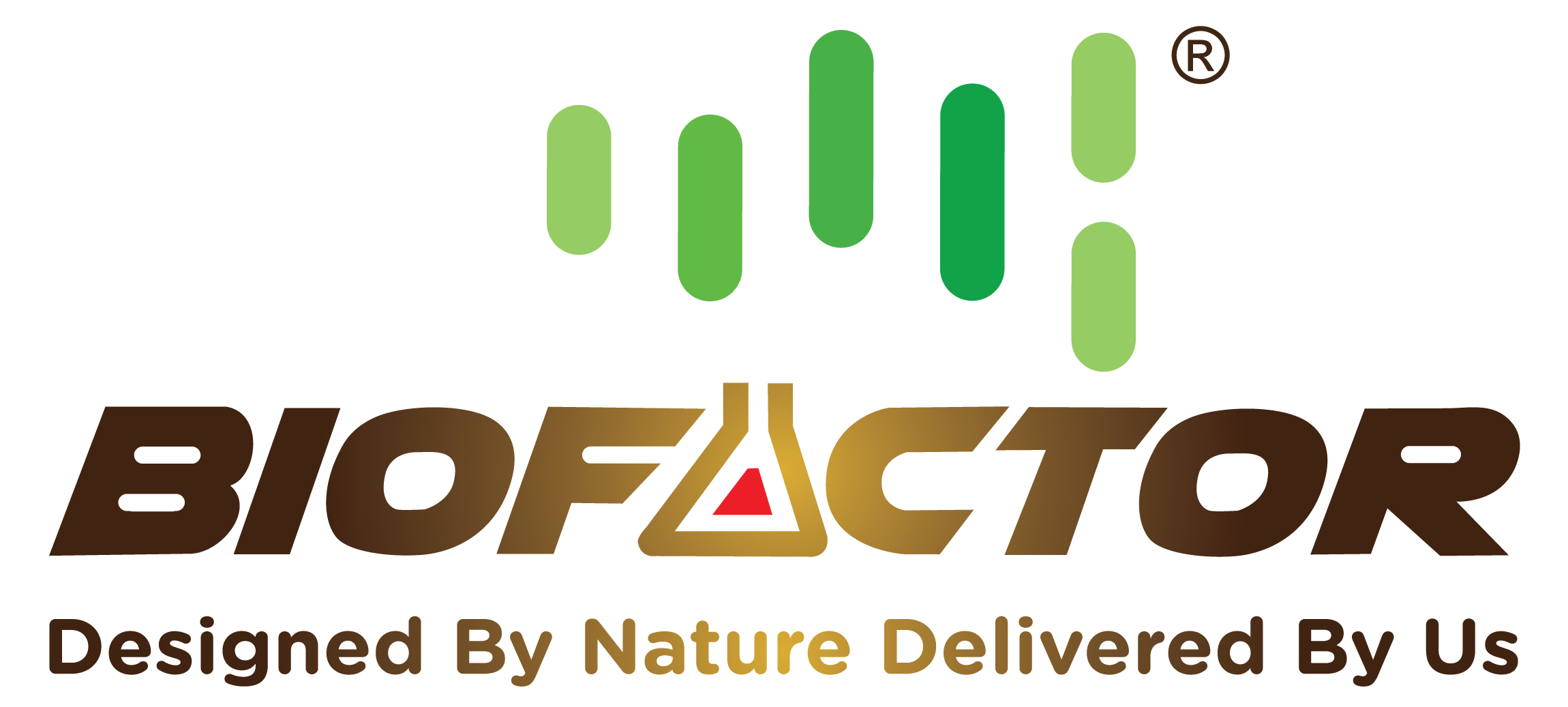Optimize Your Garden: Boosting Your Home Garden’s Health Using BioFertilizer
In recent years, the trend of home gardening has surged, driven by a growing interest in fresh produce, sustainability, and a deeper connection to nature. However, to truly maximize the potential of your home garden, it’s
essential to explore innovative and eco-friendly solutions like biofertilizers.
In this blog, we’ll delve into the world of home gardening using biofertilizers, unlocking the secrets to healthier plants, bountiful harvests, and a greener planet.
Understanding the Importance of Fertilizers in Home Gardening:
Similar to humans, plants require essential nutrients such as nitrogen, phosphorus, and potassium (known as macronutrients) to flourish. Insufficient levels of these nutrients can result in weak stems, diminished
foliage, reduced flowering, and dull coloration. Thankfully, introducing fertilizer into the soil can rectify most nutrient deficiencies.
Enriching your soil with compost, mulch, and other organic materials can improve its nutrient content. Yet, these additions might not provide nutrients enough to support all your plant varieties. This delay stems from the
decomposition process that organic matter undergoes before nutrients become available for plant absorption.
As a solution, you can use Biofactor’s Eight Petals gardening kit to ensure the nutrients released more immediately available to the plant
Fertilizing Houseplants :
Ensuring proper fertilization is crucial for the health of houseplants and container plants, as their growth is confined to the soil within their pots. Once the nutrients in the soil are decreased, the roots cannot expand to seek out more. This emphasizes the importance of starting with high-quality potting soil, often enriched with slow-release fertilizer to support initial growth. However, when the fertilizer is utilized, it becomes essential to repot the plant with fresh soil.
Determining the right amount of fertilizer for potted plants can be tricky, but it’s safer to use less on the side of caution. Over-fertilizing can affect the plant’s ability to absorb water, leading to issues such as browning or
yellowing leaves – the opposite of desired results.
A useful tip, especially when using liquid fertilizer meant to be diluted, is to mix it at about half the recommended strength. This reduces the risk of over-fertilization while providing the necessary nutrients for healthy plant growth. Always remember, that achieving balance is vital when applying fertilizer to your plants.
Determining Frequency of Fertilization :
The frequency of fertilization varies depending on plant species and seasonal factors. Heavy-feeding plants, such as fruits, vegetables, roses, and hydrangeas, benefit from monthly fertilization during their active growing phases.
By understanding the importance of fertilization, conducting soil tests, and adjusting fertilization frequency based on plant needs, you can ensure a thriving garden abundant with healthy, vibrant plants.


